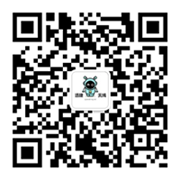Lab: The E300S opens a new chapter in the convergence of weighing and RFID management
1. Background of the case
Laboratory weighing technology is like a strong link, closely connecting many cutting-edge scientific research fields such as chemistry, biology and pharmaceuticals. For a long time, it has silently supported the development of countless complex experiments and provided key data support for scientific researchers. Traditional laboratory weighing mainly relies on high-precision electronic balances and other types of weighing equipment, and the data recording process is completely manual operation. This method can be barely maintained when the number of samples is limited and the experimental procedure is relatively simple. However, once faced with large-scale sample testing or complex and cumbersome experimental procedures, its limitations will be infinitely magnified. Manual operation is highly susceptible to factors such as fatigue and distraction, resulting in frequent data recording errors. Moreover, the manual recording of data collation is not only time-consuming and laborious, but also prone to deviations in the data aggregation and analysis stage, which greatly hinders the efficient progress of scientific research.
Second, facing challenges
(1) Device compatibility dilemma
The synergy between weighing equipment and RFID equipment is a key part of the intelligent management of the laboratory. However, there are many obstacles to achieving stable collaboration and accurate data transmission between the two. The interface standards and communication protocols of devices produced by different manufacturers are often very different, which is like a communication barrier between different languages, making it difficult to achieve smooth "conversation" between devices. Once this compatibility problem occurs, the data may be lost and garbled in the transmission process, which will lead to chaos in the entire management system and waste a lot of manpower and material resources invested in the early stage.
(2) Labeling problems
The environmental conditions in the laboratory are extremely complex, with high temperature, high humidity, chemical corrosion and other harsh conditions occurring from time to time, which puts forward strict requirements for the selection and attachment of RFID tags. In such an environment, it is often difficult for ordinary tags to maintain good performance, and it is easy to have problems such as information loss and unreadability. At the same time, the shapes and materials of experimental containers and instruments are different, and how to ensure that the labels can be firmly attached without affecting the weighing accuracy and label recognition effect has become an urgent problem to be solved. If there is a problem with the label, the tracking and management of experimental samples will be in trouble, and the integrity and traceability of the data will be greatly compromised.
(3) Personnel training challenges
The introduction of a new laboratory management system means that laboratory staff need to relearn a new set of operating procedures and maintenance points. The E300S high-precision weighing and identification workstation has many advantages, but these advantages cannot be fully realized if the staff is not proficient in how to use it. Different personnel have different learning abilities and technical foundations, and how to develop an effective training program to ensure that every staff member can quickly get up to speed and be proficient in using the new system is another important challenge ahead.
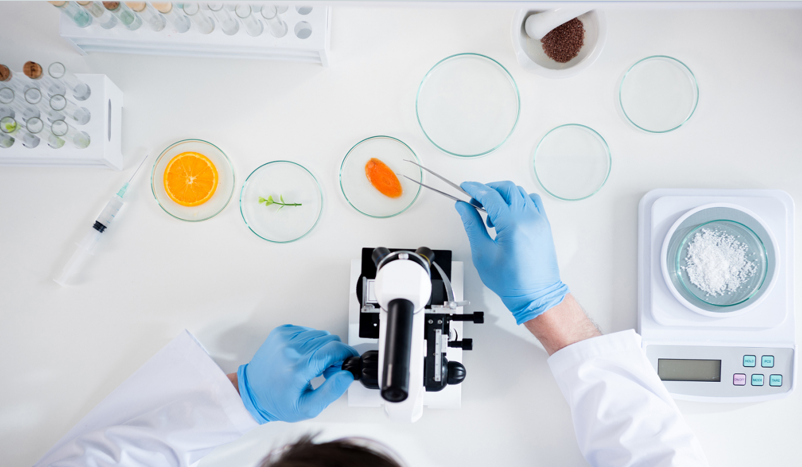
3. Solution
(1) Innovate and integrate to overcome compatibility problems
The E300S high-precision weighing and identification workstation was designed with equipment compatibility as a core breakthrough point from the beginning. The workstation integrates advanced industrial-grade load cells and high-performance RFID read-write modules, and the R&D team has successfully achieved seamless docking and stable cooperation between the two through careful design of hardware architecture and optimized communication protocols, and countless simulation tests and practical verifications. Whether it's high-precision weighing of microgram-level samples or fast and accurate identification of RFID tag information, the E300S can easily cope with it on the same operating platform, and its data transmission accuracy and real-time performance have reached the industry-leading level, providing a solid technical guarantee for the efficient operation of the laboratory.
(2) Customized labels to adapt to complex environments
For the challenges of using labels in the harsh environment of the laboratory, the E300S workstation offers a range of customized labeling solutions. The R&D team has carefully developed RFID tags with corrosion resistance, high temperature resistance, and high humidity resistance using special materials. These labels can maintain stable performance under complex conditions such as chemical volatilization, high-temperature sterilization, and moisture vapor erosion, ensuring accurate and readable information. At the same time, the workstation is equipped with professional label attachment tools and auxiliary equipment, which can provide accurate label attachment solutions for experimental instruments of different shapes and materials to ensure that the label is firmly attached and will not interfere with the weighing results and label identification. For example, in biological laboratories, sample vials often need to be autoclaved, and the E300S's labeling and attachment solution can ensure that the labels are still legible after sterilization, effectively solving the long-standing problem of sample tracking for laboratory staff, and ensuring the full traceability and integrity of experimental data.
(3) Comprehensive training to help efficient application
The E300S has successfully solved many of the challenges of laboratory weighing and RFID management due to its excellent performance in equipment compatibility, labeling solutions, and personnel training support, making it an ideal choice for intelligent laboratory management. Its wide application is expected to promote the leapfrog development of laboratory management technology, bring more efficient, accurate and reliable management experience to laboratories in various industries, and help scientific research work to a new height.
Fourth, related products
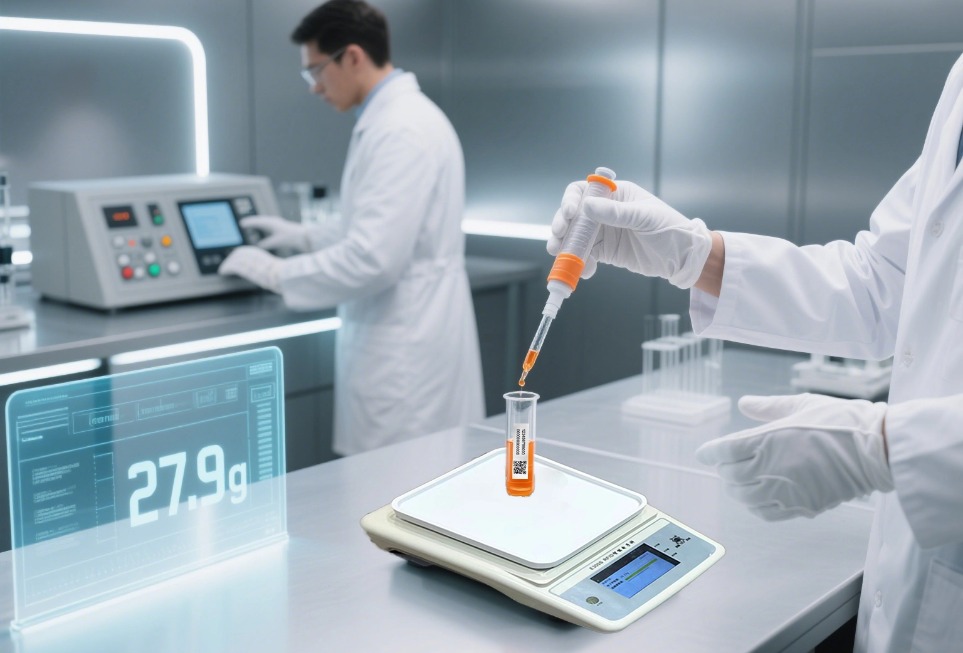
-
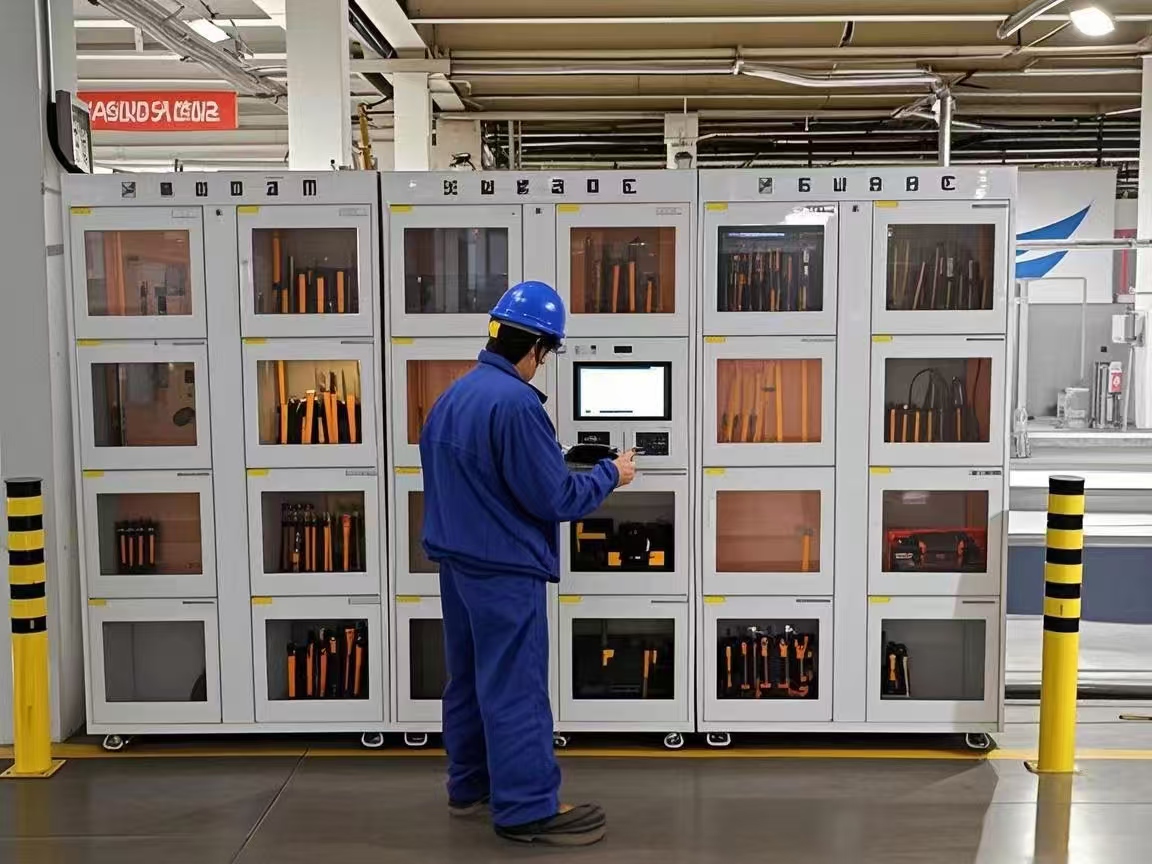 RFID tool management in the field of automobile manufacturingIntroduction to RFID tool management application system in the field of automobile manufacturingBackground and current situation of the caseAn internationally renowned automotive factory has been faci
RFID tool management in the field of automobile manufacturingIntroduction to RFID tool management application system in the field of automobile manufacturingBackground and current situation of the caseAn internationally renowned automotive factory has been faci -
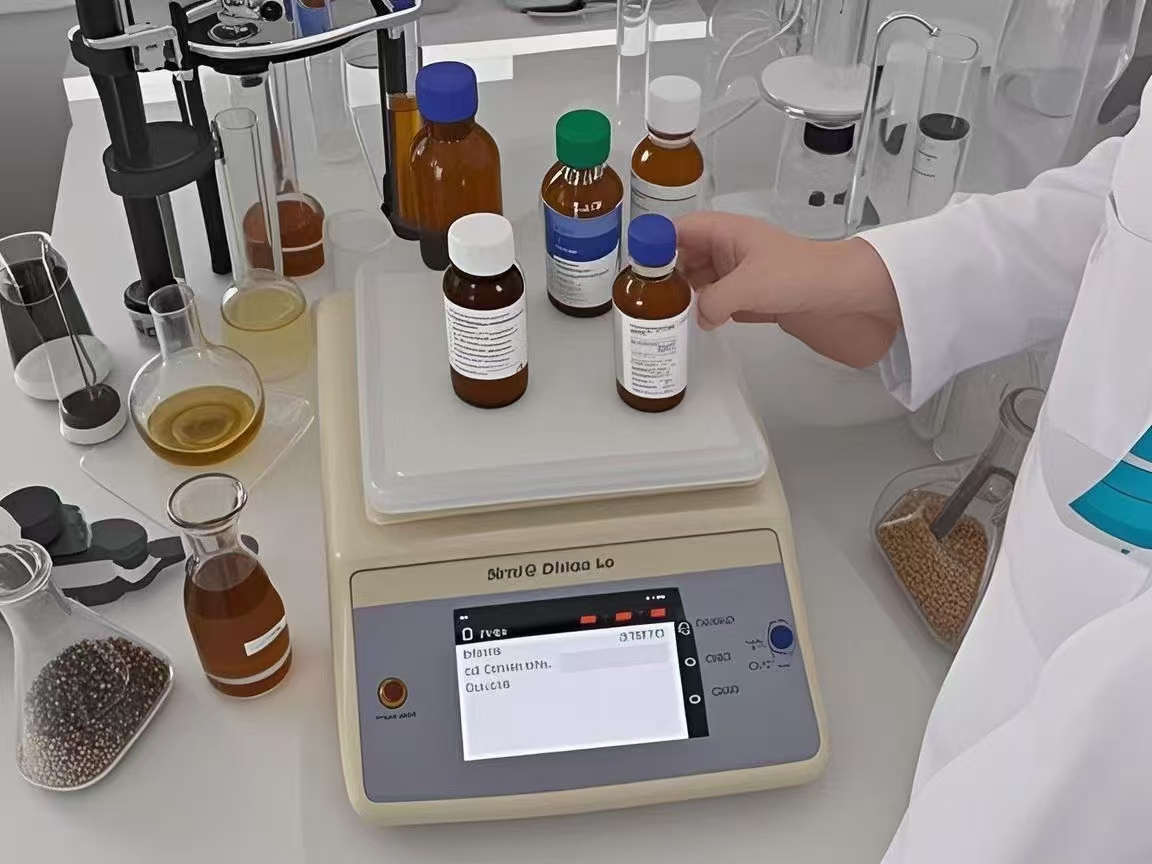 Laboratory weighing RFID management, assistant laboratory scientific research and efficient work!Lab: The E300S opens a new chapter in the convergence of weighing and RFID management1. Background of the caseIn today's era of rapid development of science and technology, the refinement and intellig
Laboratory weighing RFID management, assistant laboratory scientific research and efficient work!Lab: The E300S opens a new chapter in the convergence of weighing and RFID management1. Background of the caseIn today's era of rapid development of science and technology, the refinement and intellig -
 Management of medical surgical instruments: intellectual innovation, breaking the game and increasing efficiencyMedical Surgical Appliance Management: Digital Intelligence Innovation, Breaking the Situation and Increasing Efficiency 1. Background of the case In the bright starry sky of the global
Management of medical surgical instruments: intellectual innovation, breaking the game and increasing efficiencyMedical Surgical Appliance Management: Digital Intelligence Innovation, Breaking the Situation and Increasing Efficiency 1. Background of the case In the bright starry sky of the global -
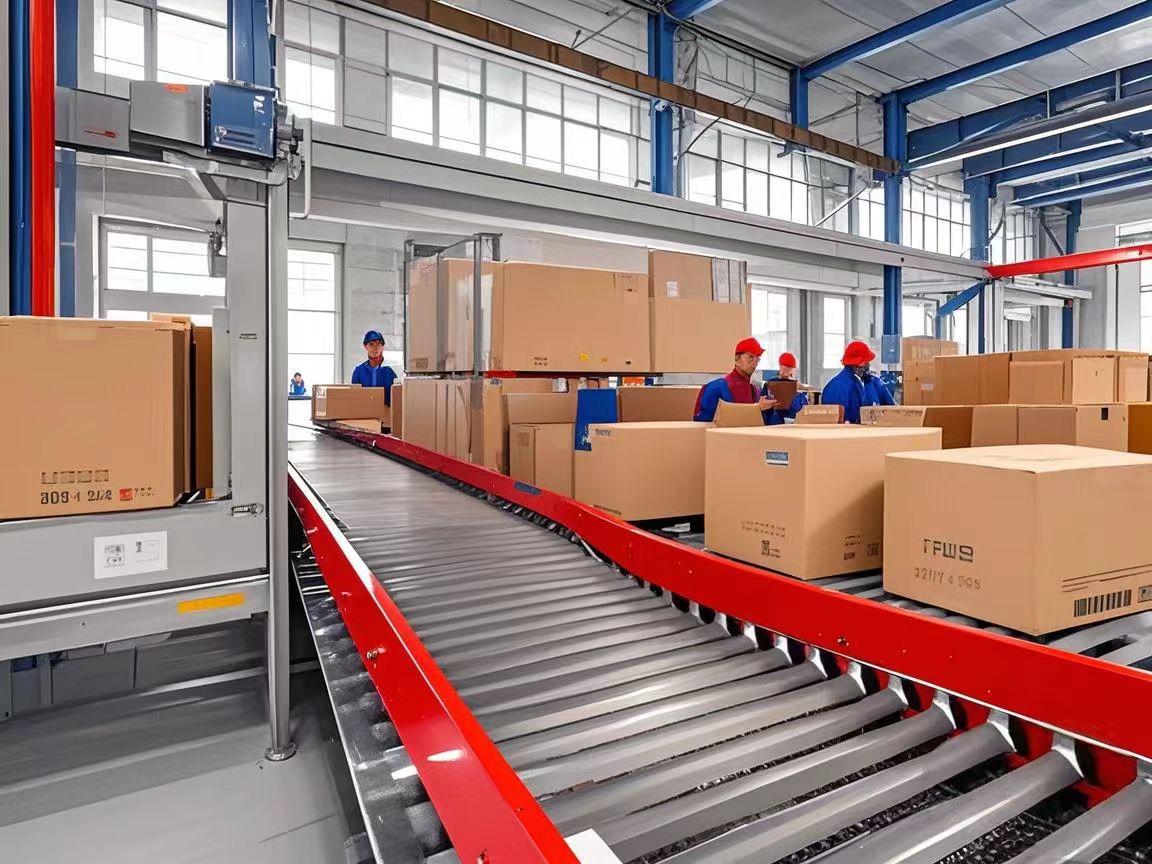 RFID management of edible product production line, efficient transformation of production lineThe S8080 industrial all-in-one machine helps the edible product production line to produce efficiently At a time when competition in the food production industry is fierce, major enterprises a
RFID management of edible product production line, efficient transformation of production lineThe S8080 industrial all-in-one machine helps the edible product production line to produce efficiently At a time when competition in the food production industry is fierce, major enterprises a

